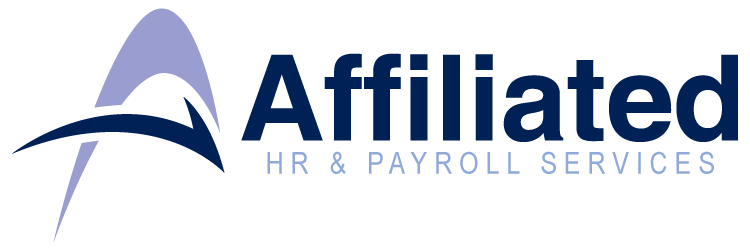
by Afilliated HR & Payroll | Dec 20, 2023 | HR Administration, Regulatory Compliance
Workplace experts are advising businesses to check on the required federal posters they display at their businesses. Some recent regulatory changes have led to poster modifications this year, and HR departments need to review the rules and post the latest notices....

by Afilliated HR & Payroll | Oct 16, 2023 | Regulatory Compliance, Reminder
The Tax Cuts and Jobs Act largely winds down at the end of 2025. Maybe. Many of its provisions are political, so much depends on who’s in the White House and who has control of the House and Senate at that time. Before you start planning, glean some...

by Afilliated HR & Payroll | Sep 15, 2023 | Recruiting and Developing Talent, Regulatory Compliance
People with arrest or conviction records attached to their names often face steep if not insurmountable barriers when seeking employment. As such, re-entering the workforce post incarceration can be brutal and seemingly impossible. In fact, according to Devah Pager in...

by Afilliated HR & Payroll | Apr 11, 2023 | HR Administration, Recruiting and Developing Talent, Regulatory Compliance
When you hire someone to work for you, the worker will likely be considered either an employee or an independent contractor. Usually, you will decide whether you want to onboard an employee or simply hire a contractor prior to advertising for the available position....

by Afilliated HR & Payroll | Jan 9, 2023 | Benefits & Compensation, Regulatory Compliance
An employee let us know their paycheck was short. Can we wait to pay the difference on their next check? Don’t wait. If the employee was underpaid, it is in your best interest to pay the employee the difference immediately. Wages are due on the regular payday for the...

by Afilliated HR & Payroll | Dec 8, 2022 | HR Administration, Regulatory Compliance
As explained on the official government health care site, the law has three goals: Make affordable health insurance available to more people. The law provides consumers with subsidies (“premium tax credits”) that lower costs for households with incomes...







